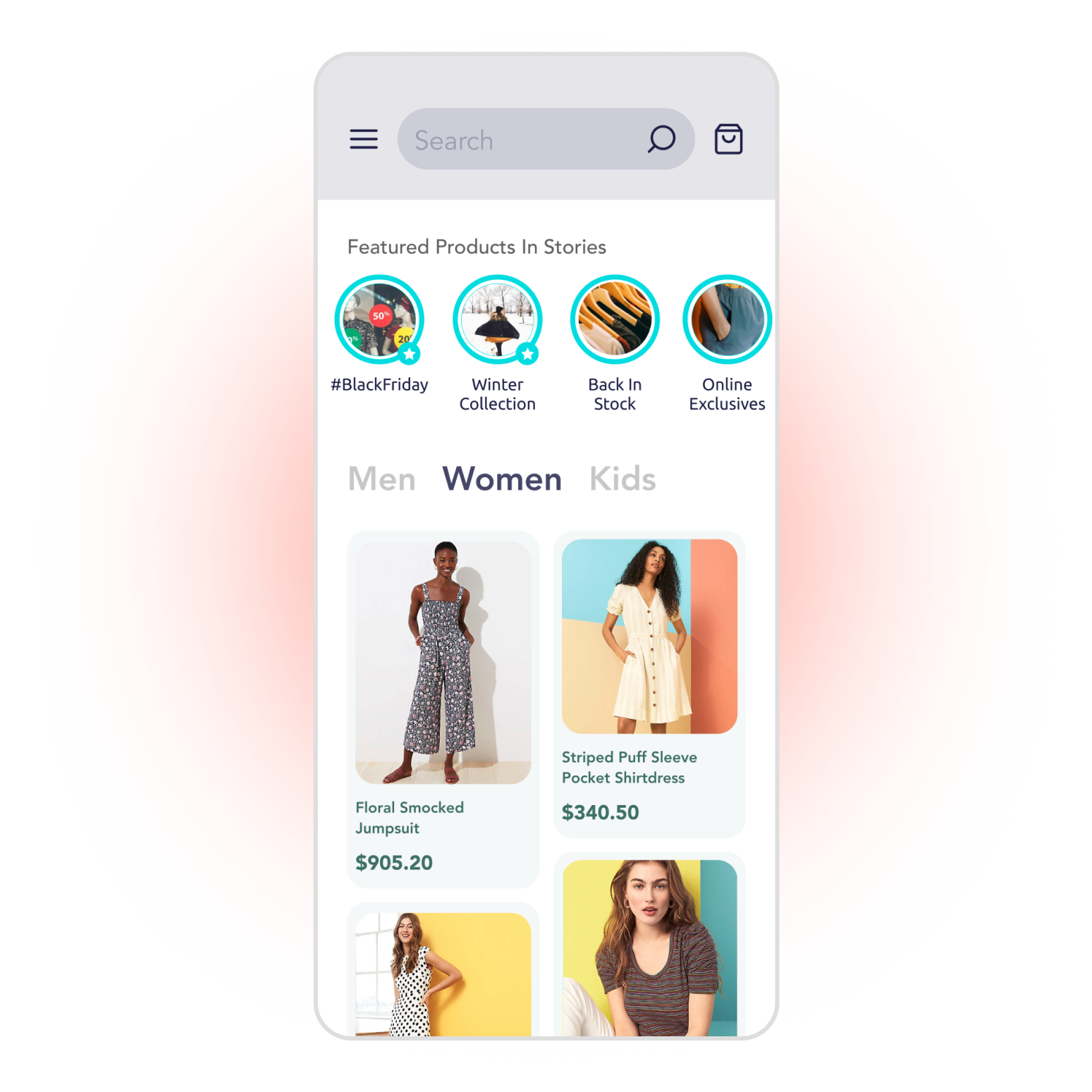# Quick Start
This walkthrough shows how to add Storyly to your iOS application and show your first story in it.
You can also check out the demo on GitHub
Before you begin
This walkthrough contains sample instance information. However, if you want to work with your own content as well, please login into Storyly Dashboard (opens new window) and get your instance token.
The sample instance information for testing purposes;
eyJ0eXAiOiJKV1QiLCJhbGciOiJIUzI1NiJ9.eyJhY2NfaWQiOjc2MCwiYXBwX2lkIjo0MDUsImluc19pZCI6NDA0fQ.1AkqOy_lsiownTBNhVOUKc91uc9fDcAxfQZtpm3nj40
# Installation
WARNING
Storyly SDK targets iOS 9 or higher.
# CocoaPods
Storyly SDK is available through CocoaPods (opens new window). To integrate Storyly SDK into your Xcode project using CocoaPods, specify it in your Podfile:
use_frameworks!
pod 'Storyly'
Then run pod install.
WARNING
Please note that CocoaPods (opens new window) version should be 1.9+
# Carthage
Storyly SDK is available through Carthage (opens new window). To integrate Storyly SDK into your Xcode project using Carthage, specify it in your Cartfile:
binary "https://prod-storyly-media.s3.eu-west-1.amazonaws.com/storyly-sdk/Carthage/Storyly.json"
Then run carthage update --use-xcframeworks.
After, add the frameworks to your Xcode project: Go to targets and select your application. Click plus button from the Frameworks, Libraries, and Embedded Content section and add Storyly.xcframework. If you can't find, add from Add Other > Add files dialog. Frameworks will be located at Carthage/Build/.
WARNING
Please note that Carthage (opens new window) version should be 0.38+
# Swift Package Manager
Storyly SDK is available through SPM (opens new window). To integrate Storyly SDK into your Xcode project using SPM, add and enter package repository (opens new window) in the Swift Packages tab of your project.
# Manually
If you prefer not to use dependency managers, Storyly SDK releases are available through Storyly iOS SDK Releases (opens new window).
- Download and unzip
Storyly.xcframeworkfile. - Add the frameworks to your Xcode project: Use Finder to drag the
Storyly.xcframeworkfolder into your Xcode project and drop it onto your project in the Project navigator window. - Follow the prompts to copy items into the destination and to create folder references.
# Add Storyly View
You need to import related modules to use Storyly:
You can add StorylyView from Storyboard or Programmatically. Please follow the next sections.
# Add Storyly View from Storyboard
StorylyView extends UIView so that you can use inherited functionality as it is. So, you can add StorylyView to any of the app’s Storyboards and XIB Files.
- Add a
UIViewin yourStoryboard(orXIB File) - Define
Custom Classas StorylyView inIdentity Inspector. - Set
heightto120is suggested for better experience for default size
# Add Storyly View Programmatically
StorylyView extends UIView so that you can use inherited functionality as it is. So, you can initialize StorylyView using UIView’s constructors.
WARNING
Please note that if you use Auto Layout Constraints, you need to set translatesAutoresizingMaskIntoConstraints=false
# Initialize StorylyView
You are one step away from enjoying Storyly. You just need to init StorylyView and set rootViewController of it to present stories in fullscreen.
TIP
Please do not forget to use your own token. You can get your token from the Storyly Dashboard -> Settings -> App Settings (opens new window)
Just hit the run. Now, you should be able to enjoy Storyly 🎉!

WARNING
If you can't see Storyly in your application, please check that your token is correct. For more details please check console logs.